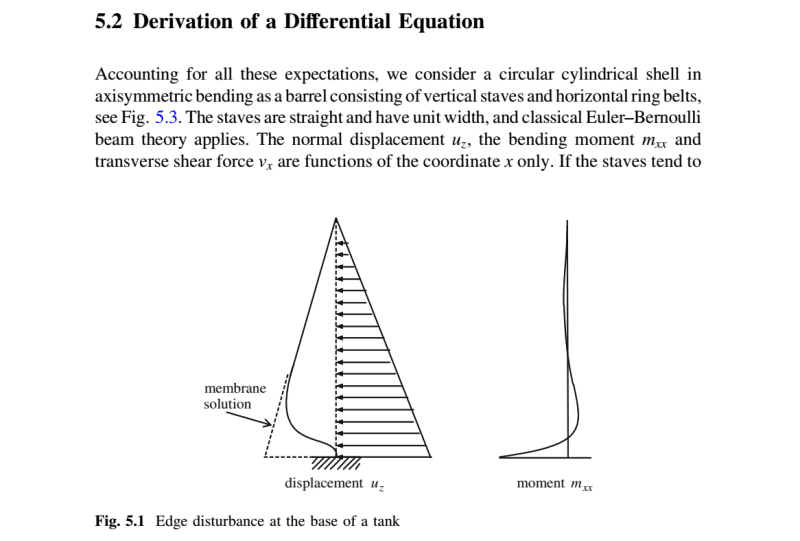API 653 repair scope to an asphalt storage tank includes a bottom replacement and some nozzle relocation (the shell surrounding the nozzles were cut so that the nozzles would be installed as inserts maintaining the same centerline elevations with respect to the new bottom). As there was heater coils in the tank, a door sheet was removed for ease of access and removal or coils while removing and replacing the tank bottom. After the door sheet and nozzles were removed we were advised that water will not be available for hydro test.
At this point we can no longer satisfy 12.3.3.3.8 "Door sheets shall comply with the requirements of this standard for shell plate installation, except they shall not extend to or intersect the bottom-to-shell joint." 12.3.3.7 allows for a fitness for service evaluation to be utilized for exemption as well. Is there a established standard practice listing acceptance criteria for FFS in this case?
Typically this would be achieved by an reviewing the existing and new material MTRs, establishing acceptable WPSs, developing an ITP, and calculating the shell and shell-to-bottom stresses. In the past I've seen the formulas in API 650 5.6.3.2 used for checking shell stress. Unless The tank is designed for elevated temperature what reference (aside from performing FEA) could be used to evaluate the the shell-to-bottom stress?
At this point we can no longer satisfy 12.3.3.3.8 "Door sheets shall comply with the requirements of this standard for shell plate installation, except they shall not extend to or intersect the bottom-to-shell joint." 12.3.3.7 allows for a fitness for service evaluation to be utilized for exemption as well. Is there a established standard practice listing acceptance criteria for FFS in this case?
Typically this would be achieved by an reviewing the existing and new material MTRs, establishing acceptable WPSs, developing an ITP, and calculating the shell and shell-to-bottom stresses. In the past I've seen the formulas in API 650 5.6.3.2 used for checking shell stress. Unless The tank is designed for elevated temperature what reference (aside from performing FEA) could be used to evaluate the the shell-to-bottom stress?

